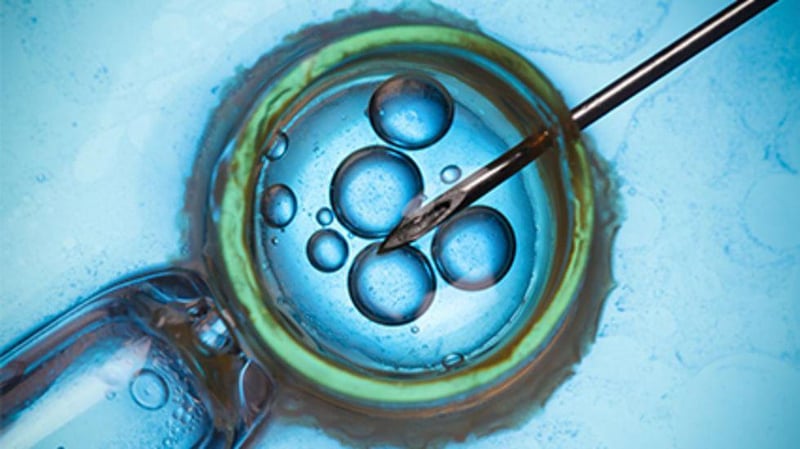(330) 876-1228
8507 Main StreetKinsman, OH 44428
(330) 876-1229

Sunny summer days may improve the odds for successful in vitro fertilization (IVF), a new study suggests.
For women undergoing IVF, the season in which her eggs are retrieved could affect the success of embryo transplantation and her chance of delivering a live baby, researchers reported July 5 in the journal Human Reproduction.
The investigators found that transferring frozen then thawed embryos to women's wombs from eggs collected in the summer resulted in a 30% higher likelihood of babies born alive compared to eggs collected in the fall.
The average live birth rate after frozen embryo transfer overall was 27 births per 100 people. But if the eggs were collected in the fall, it was 26 births per 100 people. For eggs retrieved in summer, it was 31 births per 100 people.
"This improvement in birth rates was seen regardless of when the embryos were finally transferred to the women's wombs," said Dr. Sebastian Leathersich, an obstetrician, gynecologist and fellow in reproductive endocrinology and infertility at Fertility Specialists of Western Australia.
"The live birth rates when eggs were collected in spring or winter lay between these two figures, and the differences were not statistically significant,"he added in a journal news release.
The researchers also found a link to sunshine, with a 28% increase in the chances of a live birth among women who had eggs collected during days that had the most sunshine compared to days with the least sunshine.
"It's long been known that there is seasonal variation in natural birth rates around the world, but many factors could contribute to this including environmental, behavioral and sociological factors,"Leathersich said.
"Most studies looking at IVF success rates have looked at fresh embryo transfers, where the embryo is put back within a week of the egg being collected. This makes it impossible to separate the potential impacts of environmental factors, such as season and hours of sunshine, on egg development and on embryo implantation and early pregnancy development,"he added.
The fact that many embryos are now frozen and transferred later provided an opportunity to explore the impact of environment on egg development and on early pregnancy, Leathersich said.
The researchers analyzed outcomes from all frozen embryo transfers that happened at a single clinic from January 2013 through December 2021 in Perth, Australia.
More than 3,600 frozen embryos were transferred. They were generated from more than 1,800 patients.
The scientists looked at birth outcomes in terms of season, temperature and the number of hours of bright sunshine, using data on weather from the Australian Bureau of Meteorology. The team created three groups for duration of sunshine on days when eggs were collected: days where there were fewer than 7.6 hours of sunshine; those with 7.7 to 10.6 hours of sunshine; and those with 10.7 to 13.3 hours of sunshine.
"When we looked specifically at the duration of sunshine around the time the eggs were collected, we saw a similar increase to that seen for egg collection during the summer,"Leathersich said. "The live birth rate following a frozen embryo transfer from an egg that was collected on a day with fewer hours of sunshine was 25.8%; this increased to 30.4% when the embryo came from an egg that was collected on days with the most hours of sunshine."
Temperature on egg-collection day did not affect the chances of a live birth, except in certain circumstances. For example, embryos transferred on the hottest days resulted in a live birth rate that decreased by 18%. Miscarriage rates increased from nearly 6% to almost 8% on the coolest days.
"There are many factors that influence fertility treatment success, age being among the most important. However, this study adds further weight to the importance of environmental factors and their influence on egg quality and embryonic development,"Leathersich said.
Researchers aren't sure why summer and sunshine hours would have a positive impact. They said production of the hormone melatonin is higher in winter and spring, noting eggs take three to six months to develop before they are released from the ovaries.
Seasonal lifestyle differences are another potential reason.
Because the study looked back at conditions rather than recorded them as they happened, it cannot prove a cause-and-effect relationship. The authors said the findings need to be replicated in other sites with different conditions and different treatment protocols.
More information
The U.S. Centers for Disease Control and Prevention has more on successful IVF.
SOURCE: Human Reproduction, news release, July 5, 2023
